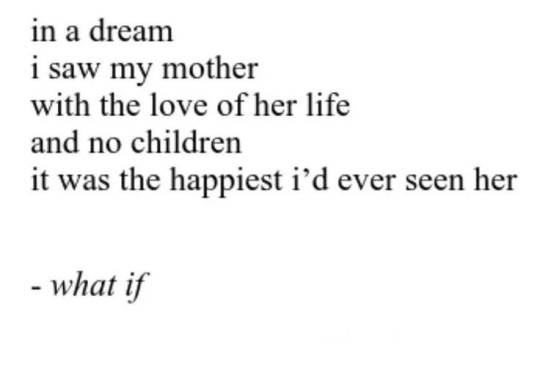22|Tired|Nonbinary This is my vent blog, where I draw and try to understand myself better. Some pictures may be unsettling! For non-creepy and concerning things, you can find me at https://coopiboopi.tumblr.com/
Don't wanna be here? Send us removal request.
Photo

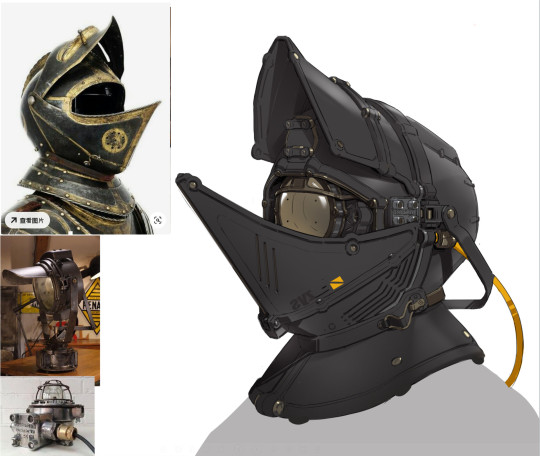
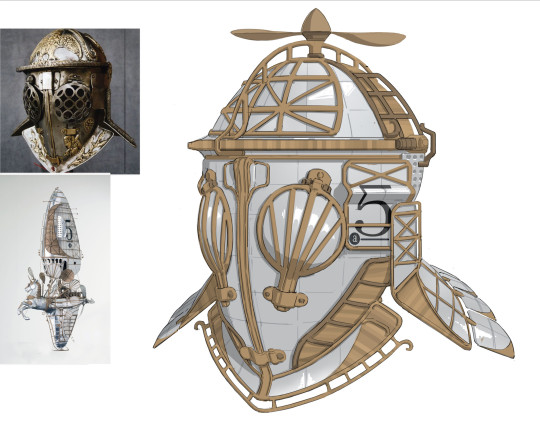



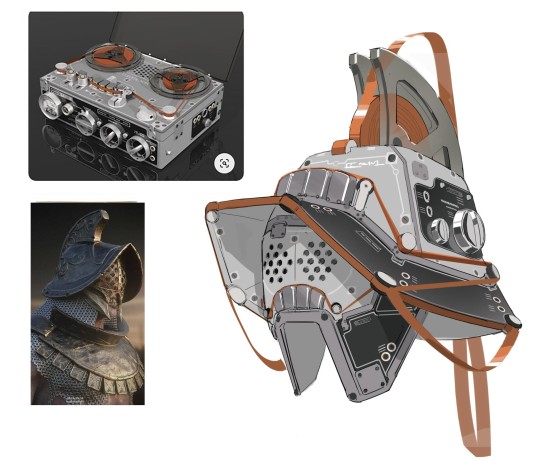
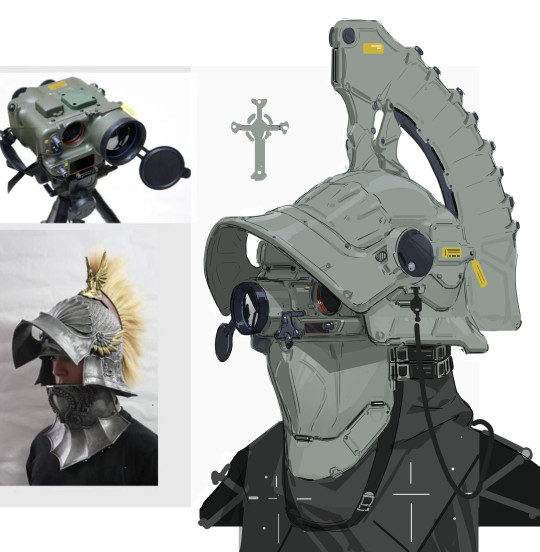
Helmets - Design exercise by YUSONG ZENG
13K notes
·
View notes
Photo


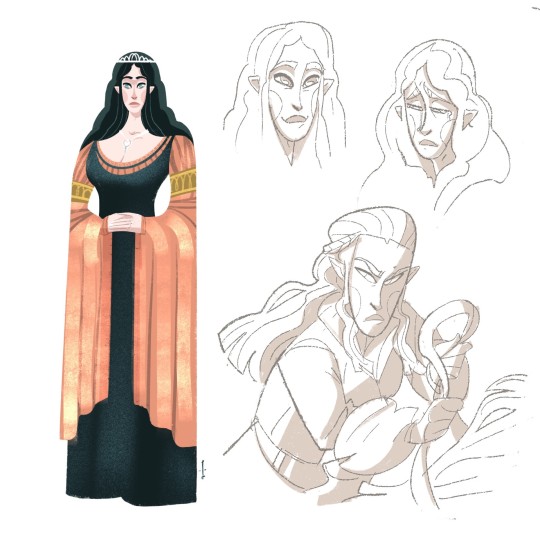

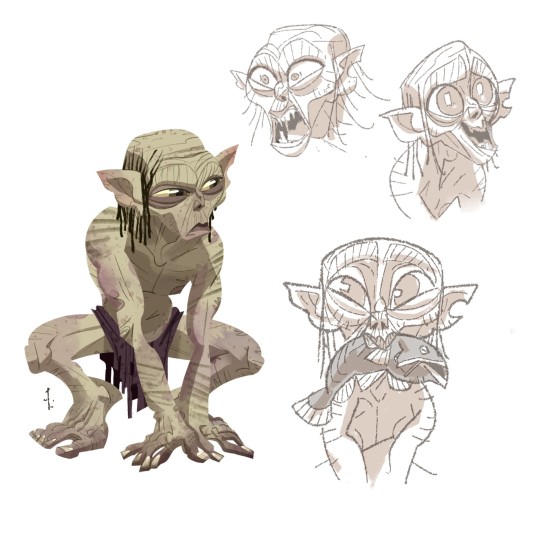

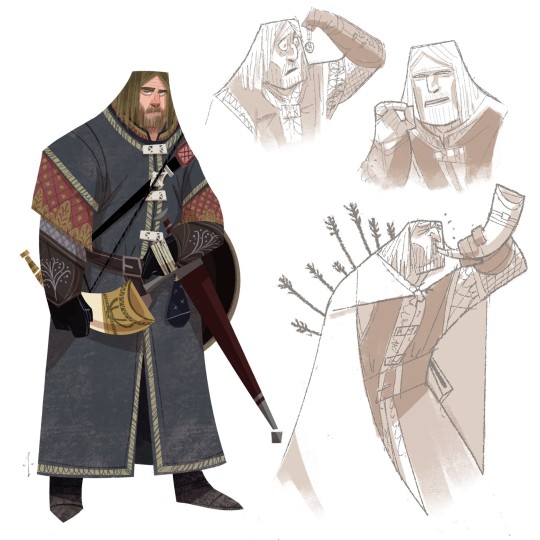

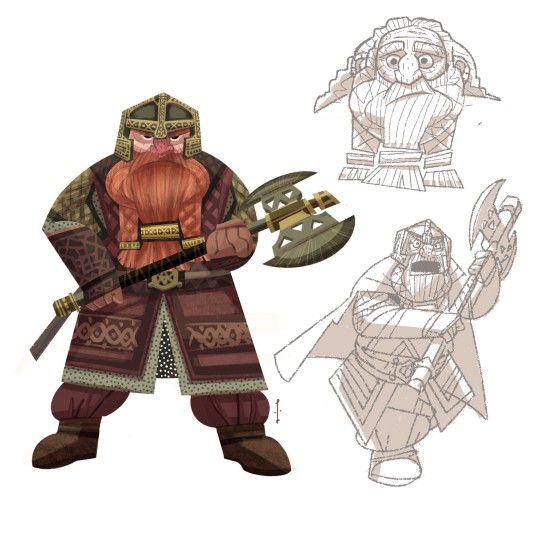
Lord of the Rings character studies by Lorenzo Colangeli
24K notes
·
View notes
Photo

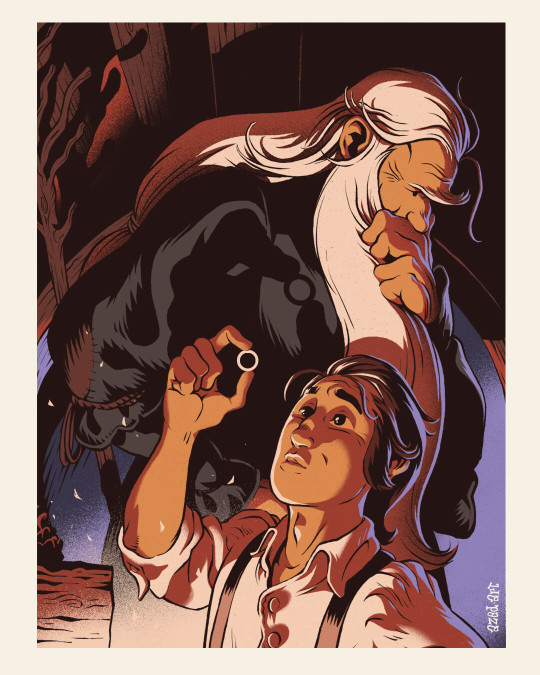


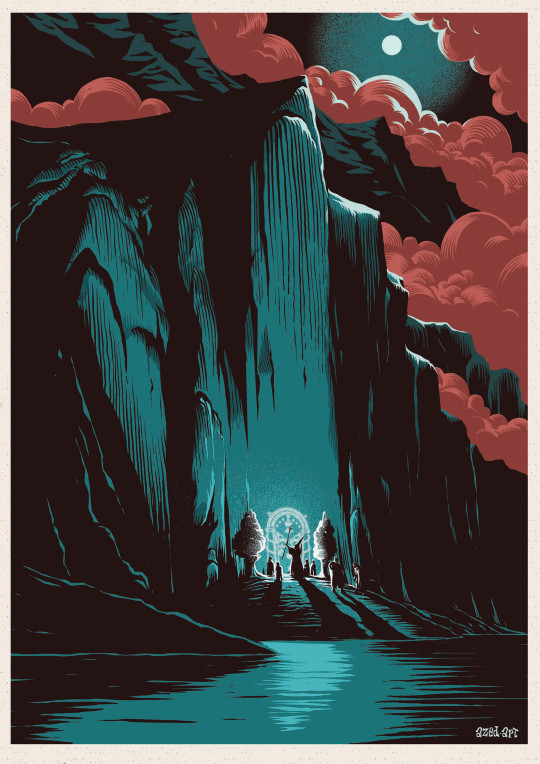
The Lord of the Rings - comic book project by AZED
882 notes
·
View notes
Text
You’ve been sentenced to 400 years for multiple murders. It’s been 399 years and your jailers are starting to get nervous.
117K notes
·
View notes
Text
You’ve been sentenced to 400 years for multiple murders. It’s been 399 years and your jailers are starting to get nervous.
117K notes
·
View notes
Text
No one can listen to this and not get it stuck in their head
3K notes
·
View notes
Text
53K notes
·
View notes
Text
The big texturing tutorial
1. Definition
Texturing is a technique that involves adding local shading and details on surfaces to better represent the material of an object. This technique is of course closely linked to shading in general. This is usually applied after defining a global shading.

From left to right :
Lineart
Global shading
Completed sprite
One of the big differences between global and local shading is homogeneity. The very principle of global shading is to give a sufficiently contrasting effect between the shaded and lit areas to bring out volume and depth. Conversely, a texture must be as homogeneous as possible. It must be able to be applied on large, uniform surfaces, without making it look bad.
2. Applying a texture
A texture being homogeneous in terms of its luminosity/contrast, if it is applied to an object without taking into account the global shading, we will lose any effect of volume and depth.

A texture applied to a sphere without shading. Only the deformation of the texture can give us a clue on the shape of the object, but it is still difficult to discern. Homogeneous contrast When applying a texture to an object, shadows must also be taken into account. It is therefore important to maintain a uniform contrast between colours. A dark line separating a light zone from a dark zone should not keep the same colour between these two zones.

The color of the line will be lighter on the lighter side and darker on the darker side to preserve its contrast with the background. In the same way it is possible to apply a texture or pattern on a shaded object, by proceeding to a simple color shifting in our palette.

Combination of a texture (left) and an object that is not textured but shaded (middle).
3. Local shading
Since shading is used to highlight the bumps, there are generally two possible cases:
A groove
A bump
Each of these cases can be more or less accentuated by playing on the colors, the intensity of shadows and lights.

On the upper line, troughs ranging from the weakest to the strongest bumps. On the second line, these are bumps that stand out. The mastery of these light bumps is very important, it is the basis of the textures, and will make it possible to manage all the simple cases, such as wood or matte plastic. Example of application on a simple object:

4. Reflections
The application of a reflection is done in a simple way, by applying diagonal strips of light of varying thicknesses, and following a few rules.

A trough or bump will create an offset at the reflection level (proportional to the height change). As for the shadows, there is no absolute, depending on the palette or the material represented, it is possible to lighten or not the area at the reflection level. It is also important not to have parallel light bands on faces that are not oriented in the same direction, as on this cube:

Concrete example of the application of a gold texture on our drawers:

Or, added reflections on our previous crate:
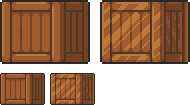
5. Dithering and granularity
Dithering consists in creating a new false color from a checkerboard or other regular pattern of two colors close enough to give an illusion of mixing. The closer the colours are, the stronger the illusion will be. The more the colours are contrasted, the stronger the granularity effect will be.

Dithering is basically used to obtain fake intermediate shades on limited palettes, but it is also very useful for making complex and rough textures.

Example of complex dithering separating 3 colors over a wide area.

The nature of the pattern totally changes the roughness aspect. Example of the application of a sandy rock on our drawers:

Or add grain to our crate:

6. The art of destruction
The more complex a texture is, the more it will combine fundamental techniques such as bumpiness, reflections or granularity. However, some materials need to go further, by cutting, slash or breaking the base support.
Cuts It works much like bump, but on a much finer surface. We are subject to the same rules, of which here is a summary image:

From the finest to the most pronounced, on the first line of the cuts, and on the second of the bumps. A concrete example on our crate:
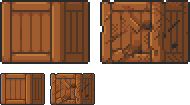
Exercises
Since nothing beats practice to learn, here is a series of examples from the simplest to the most complicated.
For each exercise resolved, post your results.
Mastering tools
Add a strong bump on the text of this image, except the ‘x’ which must be a groove (the center must be dug more strongly than the rest of the ‘x’):

Palette:

Add reflections on the image obtained between the two red lines shown below:

Now cut and break the letter ‘e’ as well as possible.
Add grain to the letter ‘l’.
Finalize a sprite
Texturize/colorize this sprite:

Palette:

Add reflections on the inside of the doors to give the impression that there are windows.
Add damage (cuts etc) on the right side of the wardrobe.
Make a variant of this cabinet by redoing it in gold using the palette of the gold drawers example in the tutorial. Palette:

Do the same with the sandy rock. Palette:

Sample solutions
Here are some solutions by a talented friend :

Gif process
The end.
30K notes
·
View notes
Text
I don't want to eat anything ever again. I want to wear clothes and be pretty and wear all the stuff I could never dream of wearing now
0 notes
Text
i log in. i reblog quotes and poems and posts that slice me in half or whatever. i log out
25K notes
·
View notes
Text
Today I am bothered by the fact that babies and toddlers are programmed to ask for attention and affection naturally, right, and if they don’t get it, they ask for it louder and louder, until they get completely exhausted and they can’t move anymore, which is when it sinks to them that there is no help, no attention, nobody coming, they’re not being cared for, which is when they go silent and numb and stop asking for it.
Natural progression for a human is to get as much attention and care as they need as a baby, then also as a toddler, and then at some stage later they stop needing it as much, they start desiring separation and individuality, and their desires for attention flow towards different people then, they want positive attention from their peers, then from the rest of the world as well, but not in that parental way anymore, now they want to be acknowledged and equal and needed and wanted, not fed and pampered and hugged, although a tiny amount of that isn’t rejected if offered.
If abused, these needs can developed differently. If as a toddler you’ve spent more time in that catatonic and numb state, fearing for survival because you’re a baby and there’s no caretakers, that leaves a mark on you. If you’ve been denied physical attention, hugs and pats and strokes on your head, as a toddler, that again leaves a mark, makes you feel undesirable, unwanted, disgusting, unworthy. And since you’re constantly feeling hurt, the desire for separation can come early too; because your instinct is to survive, and if your caretaker is a danger to you, you still love them of course, but you realize you have to be independent, have to take care of yourself, have to figure your own issues out without asking for help. It’s also followed by a dose of dissociation because the pain of being emotionally abandoned so young, is too much for anyone. Being neglected when you desperately need someone, will cause you to dissociate, possibly even develop a dissociative disorder to survive.
But what happens with all those needs for affection? If nobody fulfilled your basic needs for care as a toddler, do you ever evolve to wanting to be equal to others? Or do you, forever, yearn for parental type of care? Need to be pampered and reassured that you’re wanted and valuable and that someone will take care of you, make sure you eat, make sure you don’t die, make sure you’re safe? Does this ever go away, if nobody ever takes care of you this way? Do you ever feel completely comfortable being equal to someone? Do you not interpret intimacy as a way to get that positive touch, and crave it not in a sexual, but in a ‘i need to be held’ kind of way? Do you not assume they also want to be pampered, and offer it as a wild hope they might do it back, but they just accept it and take it and run off with it? Do you forever just end up a caretaker nobody ever took care of, who has no way to ask for it because it feels so wildly inappropriate?
619 notes
·
View notes
Text
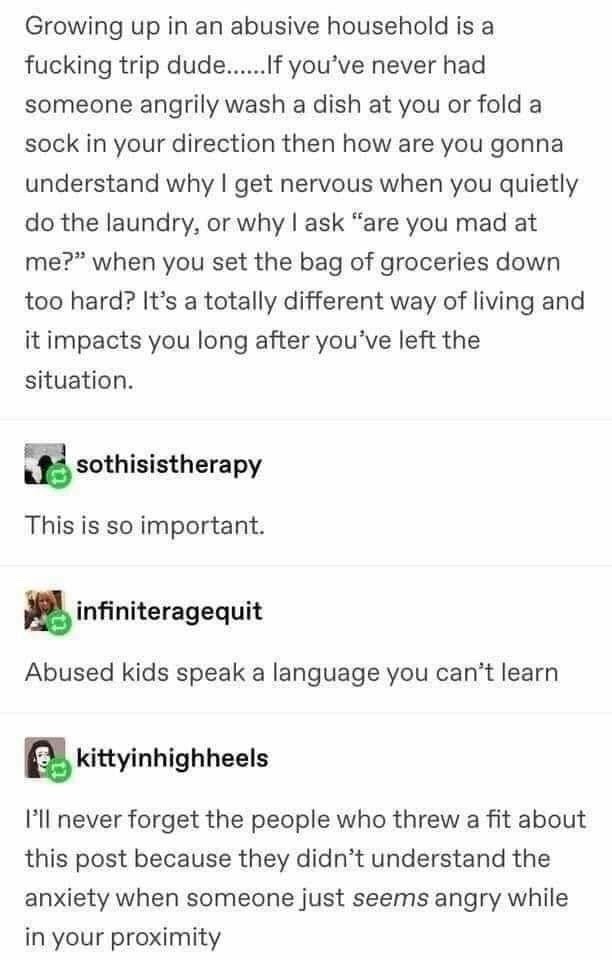
Anxiety. Constant anxiety. They dont need to yell at me for me to know they are angry at me. I can pick this up by the most subtle things they do. I have become really good at gauging their mood. I would notice the hostile atmosphere without them having to say a word. This would immediately trigger my anxiety. The heart would become heavy and I would feel distressed. So yes, I understand the phrase "my heart sank" really well. I wish I didn't. Because it is not a good feeling at all.
2K notes
·
View notes




